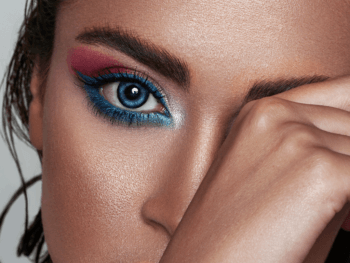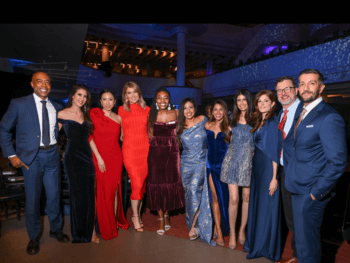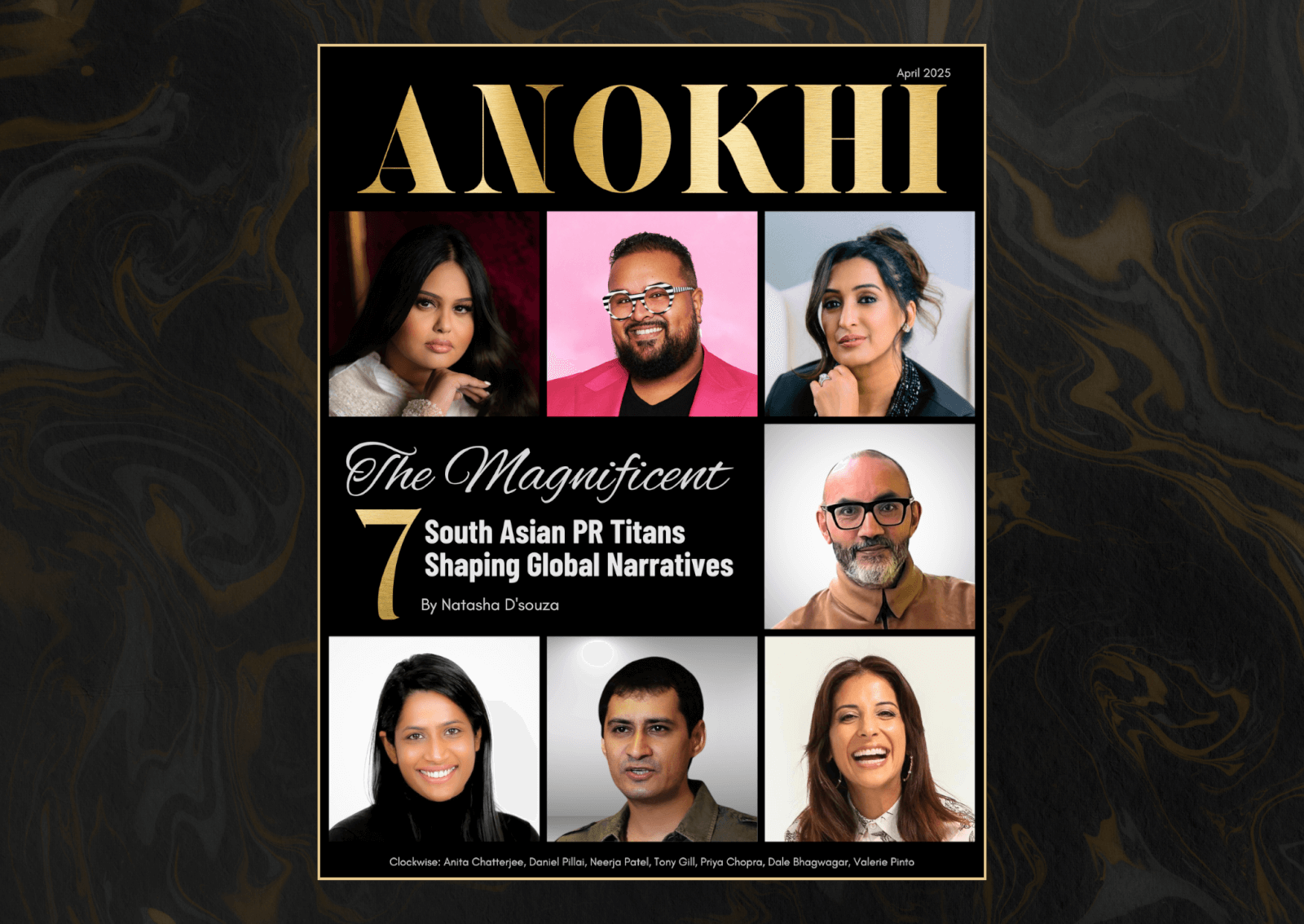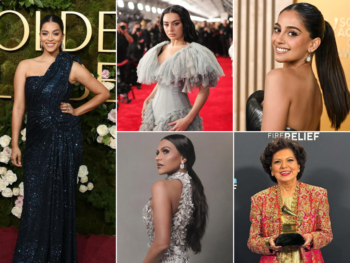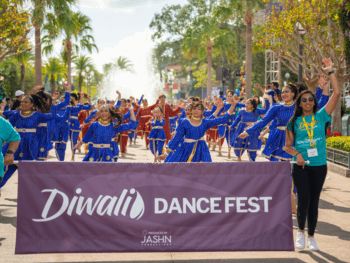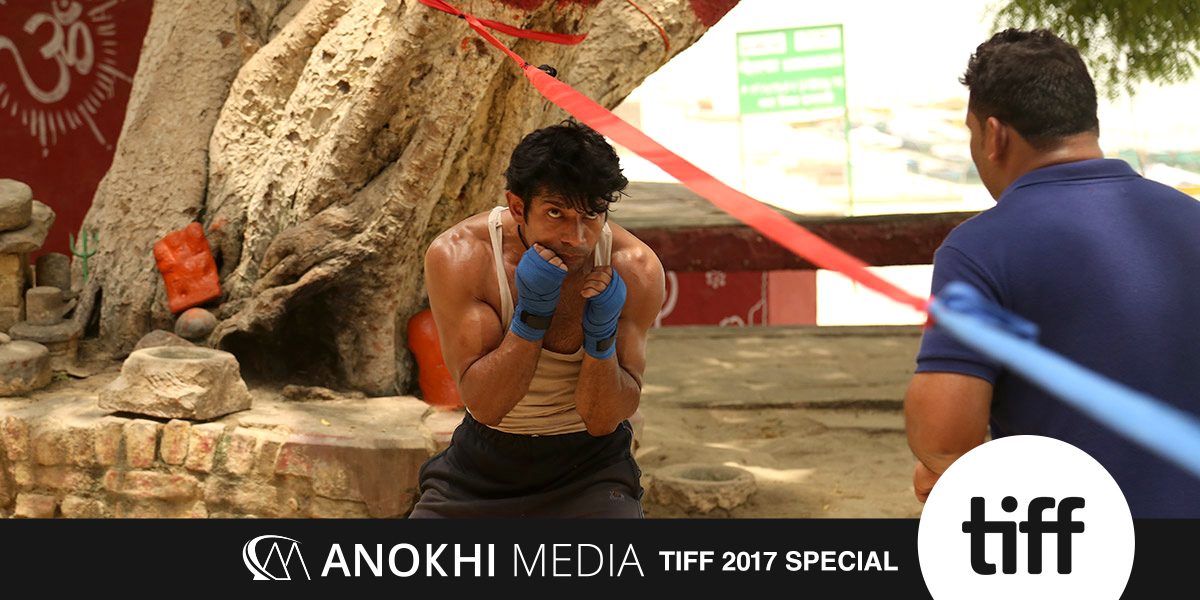
Anokhi Today Special Report: Vineet Kumar Singh & Zoya Hussain Talk ‘The Brawler’
Feb 16, 2018
We chat with the stars of Anurag Kashyap’s The Brawler, a pulse-pounding new boxing drama.
One of the most anticipated South Asian flicks at this year’s Toronto International Film Festival was The Brawler (Mukkabaaz), the latest from director Anurag Kashyap, who last electrified the festival five years back, with his two-part gangster epic Gangs of Wasseypur.
It centres on Shravan (Vineet Kumar Singh), a lower-caste boxer who finds his career and love life in jeopardy after angering Bhagwan (Jimmy Shergill), the boxing coach, who also happens to be the local kingpin and the uncle of Sunaina (Zoya Hussain), the woman he intends to marry.
The film offers gritty, energetic fight scenes, a unique romance between a hard-headed man and a mute woman, and an insightful portrait of life in modern India, particularly the caste system that Shravan and his fellow sportsmen must struggle against.
At TIFF, I got the chance to sit down with stars Vineet Kumar Singh (who also wrote the film) and Zoya Hussain. We discuss what sets this boxing flick apart, the singular experience of working with Anurag Kashyap and crafting a love story in which one of the lovers can’t speak.

Matthew Currie: What kind of experience are cinema-goers in for?
Zoya Hussain: It’s just fun. There’s a lot of great music. There’s a lot of men in sweaty clothes. And it’s a very solid, very emotional film. You get a bit of everything, actually. With Anurag, you know what to expect when you watch one of his films. We’re not too bad in the film as well, so check us out.
MC: Would you say this film puts a different spin on the boxing genre than most North American audiences are used to?
Vineet Kumar Singh: This film is not a pro boxing film. It is an amateur boxing film. In India, there’s a lot of amateur boxing. The whole structure of the society, sportsmen—they are looking for jobs, stability in their life—and if you follow this track of amateur boxing, there are opportunities. So absolutely this whole setup of amateur boxing is very different.
MC: When you are working on something that’s based on a true story, is there a balance you have to strike between being faithful to the facts and bringing your own interpretation to the role?
ZH: In general, whenever you are doing something that is based on real life, you as an actor of course want to do what you want with the part, but you do have a certain responsibility as well. Because you don’t want to offend people. We were both dealing with parts that required us to completely immerse ourselves in training in very different ways. Both of has had the sense of responsibility that we had to do this right, because it is making such a strong comment on the things it’s making a comment on.
VKS: There’s so many things in the film. You can see the society, what’s happening nowadays. The whole structure of our society is there in the film, and it’s talking about so many things.

MC: Looking at the core romantic relationship on the film, was that a unique experience, forging this bond without dialogue on one side?
ZH: In terms of language, I personally did not find it very difficult, because I mean, I don’t find non-verbal communication that difficult. Also, the frustration I did face in making him understand me would be the frustration of the character also, so it just worked.
VKS: When she was working with the sign language teacher, I started doing the same thing, and [Anurag] told me, “Go in another room. The moment you learn it, it will make it difficult in the shoot, because then you will understand what she is trying to tell you.”
MC: Was there a sense of responsibility on your part because characters who are mute or deaf still aren’t portrayed very often?
ZH: I felt a massive sense of responsibility, because I did not want it to be caricaturish. I didn’t want to just do things for effect. My sign teacher was fantastic; she’s worked on all the best films in the country that involve sign language. She’s also a very active member of the deaf-mute community, which helped me a lot. It was great spending time with her, going about her day with her. I spent a lot of time learning sign language, and I tried to make it my own. I wanted the sign language in this film to be very much a part of the personality of the character.
VKS: It’s interesting, because normally people are deaf [as well as mute], and because of that, they can’t hear anything so they can’t talk. In her case, she can listen, she can see everything we are trying to tell her, but she is not able to talk. So there’s lots of suppressed energy in that character.


MC: What was the aspect of your character you were most excited to play?
VKS: I have seen so many things that are [now] a part of the film. So many friends of mine, they started loving someone who is from a family and that family is so powerful they can destroy you, your whole career. And I have seen that very close in my personal life, because I am a national player of basketball. So many friends around me, they are sportsmen.
ZH: A really good part and a really good script. I think it’s really good that roles are being written for women who are the way they are. We’re not just arm candy anymore. We’re doing really cool things. I was looking forward to going all-in; because there aren’t that many films where you get to put in that much time and training, really cut off from everything else and just give in to this particular project and this process.
MC: What’s it like working with Anurag, from an actor’s perspective?
VKS: For me, this one is my fourth film with him. His whole process is magical. It works for me. He doesn’t put pressure on your head. He will give you space. He will give you freedom. He is not going to tie your hands. “Don’t move here, don’t move there”—no. You can go anywhere, he will capture you. His whole idea of filmmaking it very different.
ZH: Yeah, I think because his background is in theatre and he was a performer himself, he has a very actor’s approach to directing, in my opinion. So when he is directing you, he makes sure that your prep is so solid, that once you come onto set you are ready for anything. Just in terms of exploring emotional aspects. He’s very unafraid to take risks.

MC: The fight scenes are quite striking. What were they like to shoot?
VKS: We finished the shoot, I think, in 43 days. During the shoot, I got injured and everything stopped. The first schedule was in winter. The second schedule was in summer, and the temperature was 45, 46, 47 degrees [laughs]. In a sports film. Forty-seven degrees, 10-12 hour shoot.
In this film, there’s no boxing choreographer. I was not able to know from where I’m going to receive the punch. [My opponent] was not able to know from where he’s going to receive the punch. So it was like “Action!” and it was going on and going on, exchanging punches. That was crazy. It was like a [real] fight. [But] normally, if you are going to see a boxing match, there are three rounds for three minutes. So you know nine minutes plus break for two minutes, it will be done in 11, 12 minutes. But in shooting—from this angle, from that angle, from this angle—it’s all day. It was really so tough. But it turned out so well. That’s why this film is looking very different.
Main Image Photo Credit: tiff.net
Matthew Currie
Author
A long-standing entertainment journalist, Currie is a graduate of the Professional Writing program at Toronto’s York University. He has spent the past number of years working as a freelancer for ANOKHI and for diverse publications such as Sharp, TV Week, CAA’s Westworld and BC Business. Currie ...




















































